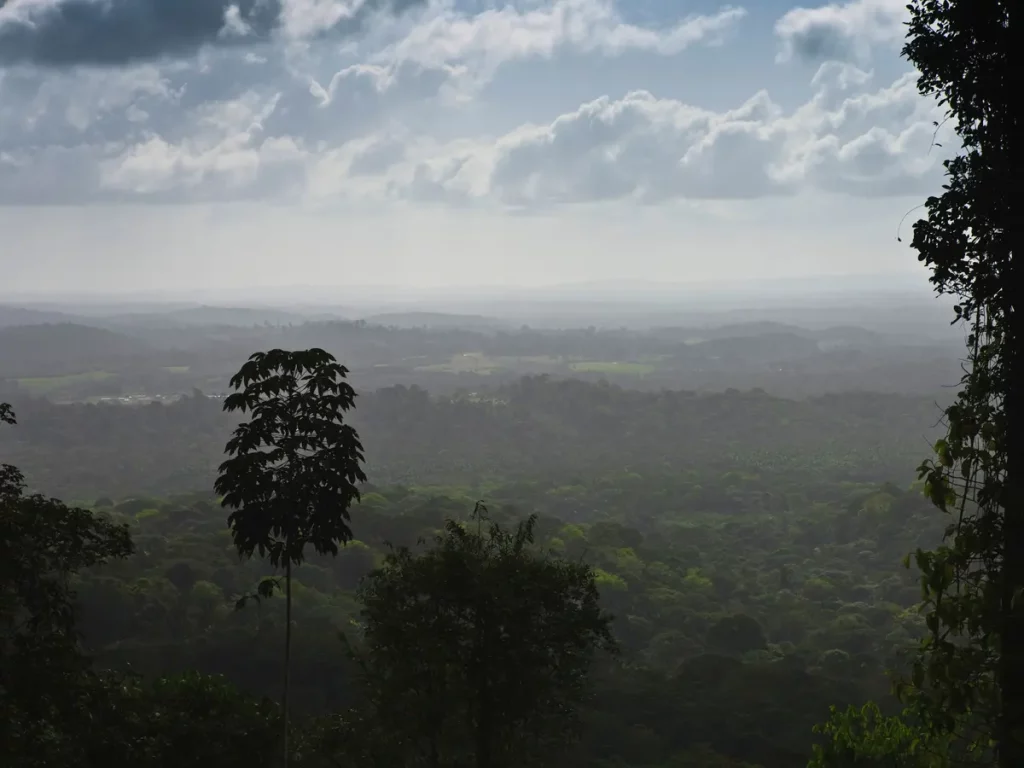
The potential size of carbon markets is enormous with McKinsey estimating carbon credits could be worth in excess of $50 billion by 2030 and continue to grow through to 2050 as countries and companies strive to achieve their net-zero goals.
But to achieve that size, the market will need to scale fast and move from a bespoke environment where each individual and project has differing needs and qualities to a much more uniform sector. Thomas McMahon, CEO and Co-Founder of AirCarbon Exchange, had an in-depth discussion with Alessandro Vitelli, Climate Transformed’s resident carbon expert, as to how he sees the transition of carbon credits into a commodity.
Thomas is steeped in experience from the commodity and energy sector, having held senior roles at both NYMEX and HKMEX exchanges as well as advised the Dubai Mercantile exchange, so it is perhaps no surprise that he drew on analogy from oil to illustrate how carbon markets can evolve.
Following the oil crisis of the 1970s, “the world needed to find a standardized price for oil,” McMahon said. “Two benchmarks popped up: WTI in 1983; then Brent in 1988. Both of these are baskets, they do not represent all oil in the world but the midpoints that they came to represent now see the world’s oil priced off these two benchmarks. That’s the way carbon is going to go.”
This evolution will be accelerated from the start of next year when new rules of climate-related financial disclosures start to take effect as suddenly responsibility shifts from the marketing side of the corporation that wants to go green to the Treasury and compliance teams that state the company must go green.
“These large corporations will all be short carbon and are going to look for benchmarks and standards to build around,” McMahon said. “Carbon credits will then trade at a premium or discount to those benchmarks.”
Carbon markets have looked ripe for takeoff previously on the back of the Kyoto Protocol but instead went into a “dark period from 2012-2020” following the failure of the clean development mechanism. So what makes it different this time that we’re not on facing another false dawn.
Back then it was Japan and the European countries signed up but those that weren’t were able to export their dirty industries, said McMahon. Now with almost 200 countries signed up, “it is now unacceptable behaviour to export pollution to your neighbour.”
“The other thing is incentivization. The penalty, whether that’s from a shareholder perspective, a funding perspective or from compliance requirements, bad behaviour will be costly this time around. Previously the pain point wasn’t obvious and it was a truly voluntary market that waned and has now resurged.
“If you’re a polluter you’re not going to be able to borrow. If you’re running a dirty industry, you may not be there in a few years as you’ll die a slow death.”
Another crucial difference is that Article 6 was finally ratified COP26 in Glasgow enabling the voluntary and compliance carbon markets to become better aligned, where previously the voluntary market was making huge strides against a power vacuum on the compliance side.
“It will pay to pay close attention to how these two markets are evolving,” said McMahon. Indeed an early sign of how the voluntary and compliance markets can move in lockstep has come from AirCarbon itself, which recently announced substantial investment from Deutsche Boerse, owner of the EEX exchange where Carbon EUAs are traded.
Of course, problems remain with McMahon conceding it is “going to be a tough slog” to achieve the ambitions that will ultimately see carbon not just mitigated against but removed.
Carbon removal is currently very expensive with some projects costing in excess of $1,000 a ton. But not that long ago, wind and solar developments appeared prohibitively expensive too and now we take for granted the cheap, green energy provided by them as subsidized investment allied with the margins of scale have dramatically brought down costs.
For carbon to achieve similar breakthroughs it will need to scalable too, and this is where carbon as a commodity will be crucial. The concern is that in commoditizing carbon credits, the particular environmental benefit of a higher quality project may be lost but McMahon believes that the market place is already defining quality. CORSIA and Nature-Based credits that started off the year at parity have traded as wide as $7 a ton apart in the space of a few weeks.
“Nothing is perfect when it comes to quality,” McMahon said. “Exclusivity is not scalable, not all projects can be a such a high level of integrity as otherwise it wouldn’t instill investment.”
While arguments will doubtless continue as to which projects have more value than others, as McMahon says: “Ultimately they all have the same objective: to mitigate $1 ton of CO2.”
Rupert is an experienced business journalist having covered commodity markets for Bloomberg News for seven years after 2 years as energy editor with S&P Platts. Now enjoying life on the other side, he juggles guiding Momo Media's clients on their editorial strategy with the daily challenges that two small children bring. A graduate of the University of Manchester where he read Spanish, Portuguese and Latin American Studies, Rupert spent a year living in South America, predominantly in Brazil and Chile, where he worked as journalist and radio host for Santiago Radio. On the odd occasion when he has a free pass at the weekend, Rupert can be found playing football or cricket to a fast deteriorating standard. He also decided to deal with his coffee addiction by opening two coffee shops (Forge Coffee) in Northamptonshire, where he is originally from.